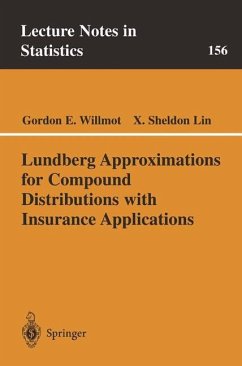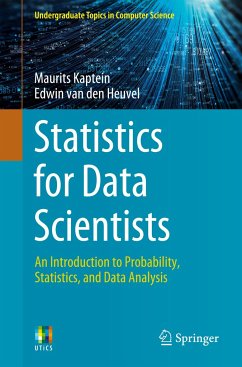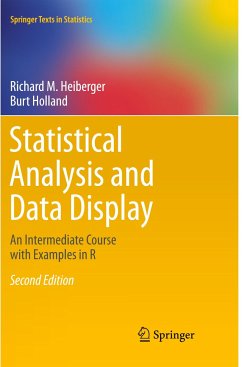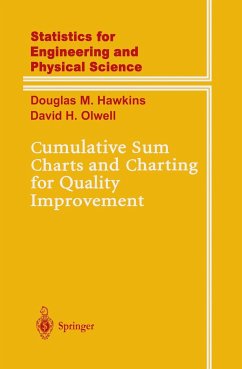
Binomial Distribution Handbook for Scientists and Engineers

PAYBACK Punkte
39 °P sammeln!
This book deals with estimating and testing the probability of an event. The purpose of the book is twofold: It aims at providing practitioners with refined and easy to use techniques as well as initiating a new field of research in theoretical statistics. The book contains completely new interval and point estimators that are superior to the traditional ones. This is especially true in the case of small and medium sized samples, which are characteristic for many fields of application. The estimators are tailored to a given situation and take into account the generally one knows the size of th...
This book deals with estimating and testing the probability of an event. The purpose of the book is twofold: It aims at providing practitioners with refined and easy to use techniques as well as initiating a new field of research in theoretical statistics. The book contains completely new interval and point estimators that are superior to the traditional ones. This is especially true in the case of small and medium sized samples, which are characteristic for many fields of application. The estimators are tailored to a given situation and take into account the generally one knows the size of the probability to be measured. Thus, according the size of the probability different estimators should be used, similar to the case of measuring length, where the measurement method depends heavily on the size of the length to be measured. The approach yields more precise estimators and more powerful tests. It may also be applied to other estimation problems.














